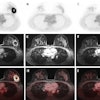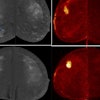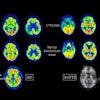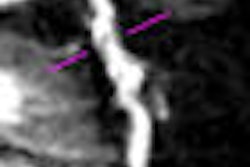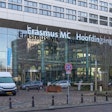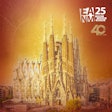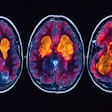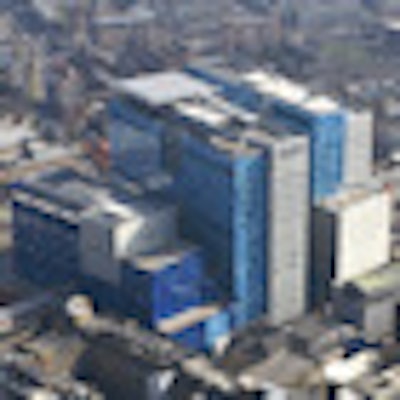
Technetium-99m sestamibi myocardial perfusion scanning is still an excellent tool in assessing myocardial function when compared with more modern cardiac imaging modalities and should not be ignored, U.K. researchers from the Royal London Hospital have found.
The central role of noninvasive cardiac imaging in the management of coronary artery disease continues to grow, and several methods are now available for assessing myocardial viability, including Tc-99m sestamibi myocardial perfusion (MIBI), CT coronary angiography (CTCA), and cardiac MRI (CMR). Due to an overlap of pathophysiological findings of these investigations, they are often used in combination to provide additional insight into cardiac function and structure, according to Dr. May Soo, a specialist registrar in radiology based the department of nuclear medicine at the Royal London Hospital, London.
%{[ data-embed-type="image" data-embed-id="6555227364e6b8cb924448fe" data-embed-element="span" data-embed-alt="The new Royal London Hospital has one of Europe's largest renal services, a state-of-the-art trauma and emergency care center, a dedicated women's center, and children's hospital. The new hospital is due for completion by 2015, but 75% of the redevelopment was complete at the end of 2011." data-embed-src="https://img.auntminnieeurope.com/files/base/smg/all/image/2012/02/ame.2012_02_27_09_29_01_77_2012_02_27_molecular.png?auto=format%2Ccompress&fit=max&w=1280&q=70" data-embed-caption="The new Royal London Hospital has one of Europe's largest renal services, a <br>state-of-the-art trauma and emergency care center, a dedicated women's center, and children's hospital. The new hospital is due for completion by 2015, but 75% of the redevelopment was complete at the end of 2011." data-embed-width="250" data-embed-height="197" ]}%
Soo and colleagues from the Royal London Hospital conducted a retrospective, single-center pilot study to correlate MIBI with CTCA and CMR findings over a 20-month period from January 2010. They started out on the assumption there is a lack of published studies available to compare the three modalities, and standardization of reports is often variable amongst operators.
In their study, there was a total of 30 patients with an average age of 60 (age range 27-86 years), and 20 of them were men. Of these patients, 15 had MIBI and CTCA, and the other 15 had MIBI and CMR. The average interval between scans was 16 weeks. The MIBI scans in the study were interpreted by a senior consultant physician in nuclear medicine, while CTCA and CMR examinations were interpreted by three experienced cardiac radiologists.
Three major aspects were compared for the analysis of MIBI versus CMR: ejection fractions and end diastolic volumes, abnormal anatomical areas of the heart, and myocardial perfusion defects. For analysis of MIBI versus CTCA, two major aspects were compared: abnormal anatomical areas of the heart, and correlation of degree of coronary artery stenosis with myocardial perfusion defects.
For the MIBI and CMR cases, 80% correlated well in assessing myocardial perfusion and area(s) of abnormal anatomy of the heart. The findings did not correlate well in three patients: one with RMI (reversibility of myocardial ischemia) and anatomy mismatching, and two patients with RMI mismatching only. The ejection fraction deviated by an average of 5%, and the end diastolic volume deviated by an average of 30 mL.
For the MIBI and CTCA, 87% of cases correlated well in assessing myocardial perfusion and areas(s) of abnormal anatomy of the heart. In 13% (two patients), the findings did not correlate well with RMI mismatching only.
There was a good correlation of MIBI with CMR and CTCA findings in 83% of patients, while CMR and CTCA reported more extensive myocardial disease in 60% of the mismatched cases, Soo reported at the RSNA congress in late 2011.
Overall, the advantages of MIBI are its relatively low radiation dose, cost-efficiency, ability to demonstrate cardiac wall motion, and good sensitivity in predicting reversibility of myocardial ischemia. The drawbacks are its time-consuming nature due to split-day examinations, low spatial resolution, artifacts, and contraindications, including arrhythmia, asthma, and chronic obstructive pulmonary disease.


